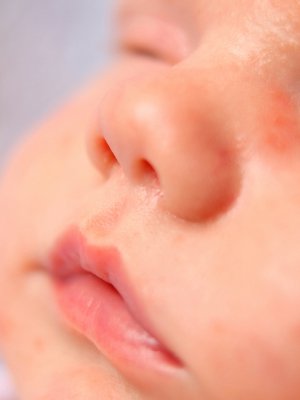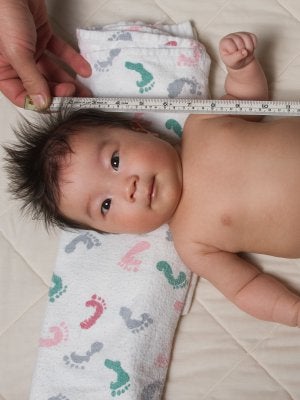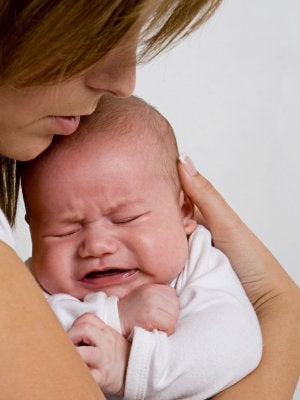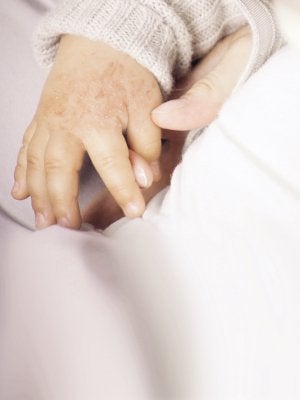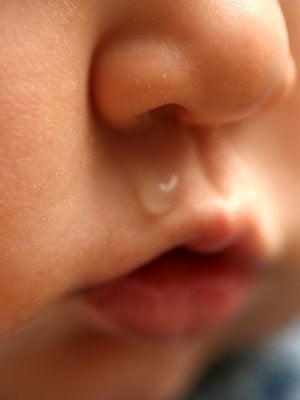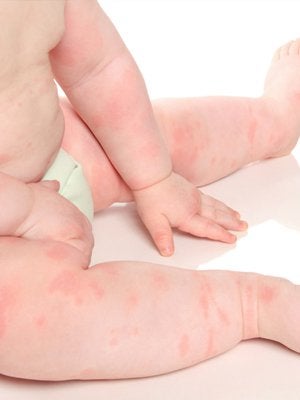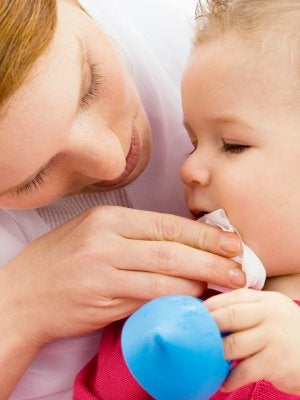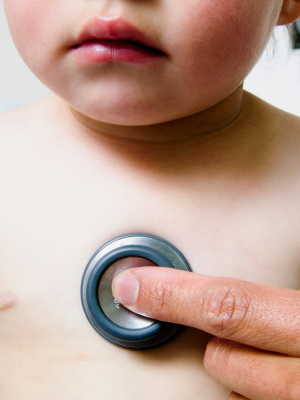
We believe breast milk is the best food for infants. When in consultation with their healthcare professional, mothers and families find that optimal breastfeeding is not possible due to their infant’s medical condition, formulas for special medical purposes play a vital role in providing essential nutrients to infants. We have a global commitment to market breast-milk substitutes responsibly.
This website is about the management of cows’ milk protein allergy and nutritional solutions intended for infants. By continuing on this website, you accept that Nestlé Health Science supplies the information at your own request.
Are you a healthcare professional (HCP) or a parent?
ANAPHYLAXIS
Anaphylaxis is a severe, immediate, generalised or systemic hyper-sensitivity reaction affecting multiple organ systems and is characterised at its most severe by bronchospasm, upper airway angioedema and/or hypotension.1 The anaphylactic reaction is predominantly a paediatric condition and although it is uncommon, it is not rare.1 It is estimated to occur in one out of 170 children.2
Anaphylaxis as a symptom of Cows' Milk Allergy
Cows' Milk Allergy (CMA) is the second most common cause of anaphylaxis in infants.2 Food allergy is responsible for up to 80% of all anaphylactic reactions that present in hospital emergency departments.1 Rare cases of anaphylaxis leading to fatalities have been reported following CMP ingestion in sensitised children.3
Signs and symptoms related to CMA
The majority of infants affected with CMA have at least two symptoms affecting at least two different organ systems.4,5
Having an awareness of the most common symptoms of CMA can help you to make an earlier diagnosis of CMA in your patients.

Other Symptoms of Cows' Milk Allergy
References
- Brown K., et al. Med J Aust. 2006:185;5:285–9
- Silva IL., et al. Allergy. 2008:63:1071–76
- Koletzko S., et al. J Pediatr Gastroenterol Nutr. 2012;55(2):221–9
- Lifschitz C. and Szajewska H. Eur J Pediatr. 2015;174:141–50
- Høst A. Pediatr Allergy Immunol. 1994;5:1–36
IMPORTANT NOTICE: Mothers should be encouraged to continue breastfeeding even when their babies have cows' milk protein allergy. This usually requires qualified dietary counselling to completely exclude all sources of cows' milk protein from the mothers’ diet. If a decision to use a special formula intended for infants is taken, it is important to follow the instructions on the label. Unboiled water, unboiled bottles or incorrect dilution can make babies ill. Incorrect storage, handling, preparation and feeding can eventually lead to adverse effects on the health of babies. Formula for special medical purposes intended for infants must be used under medical supervision.

